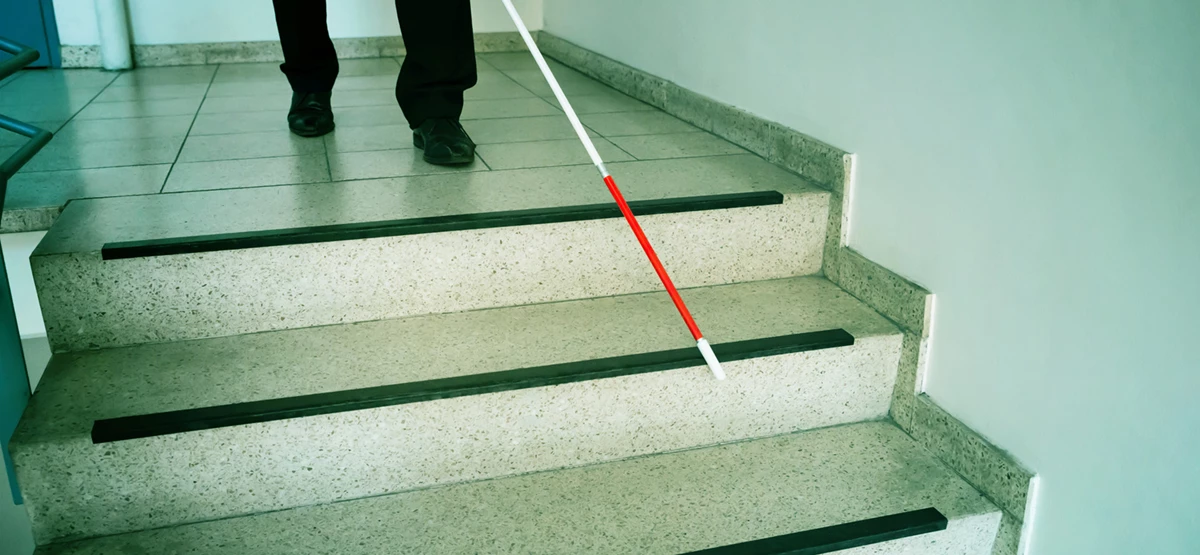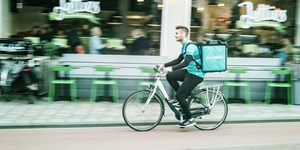What is it and how does it work?
The virtual guideline app developed by Bartiméus and Geodan can generate a 3D model of a particular space in no time at all by ‘measuring’ the space, as it were. The app can also determine the position and orientation of the user by means of Augmented Reality technology (AR), which uses several sensors that can be found on many a smartphone, such as the camera, motion sensor and depth sensor. The virtual guideline app lets users create routes through any given building and follow them with the app, from hospitals to train stations, or even Schiphol!




